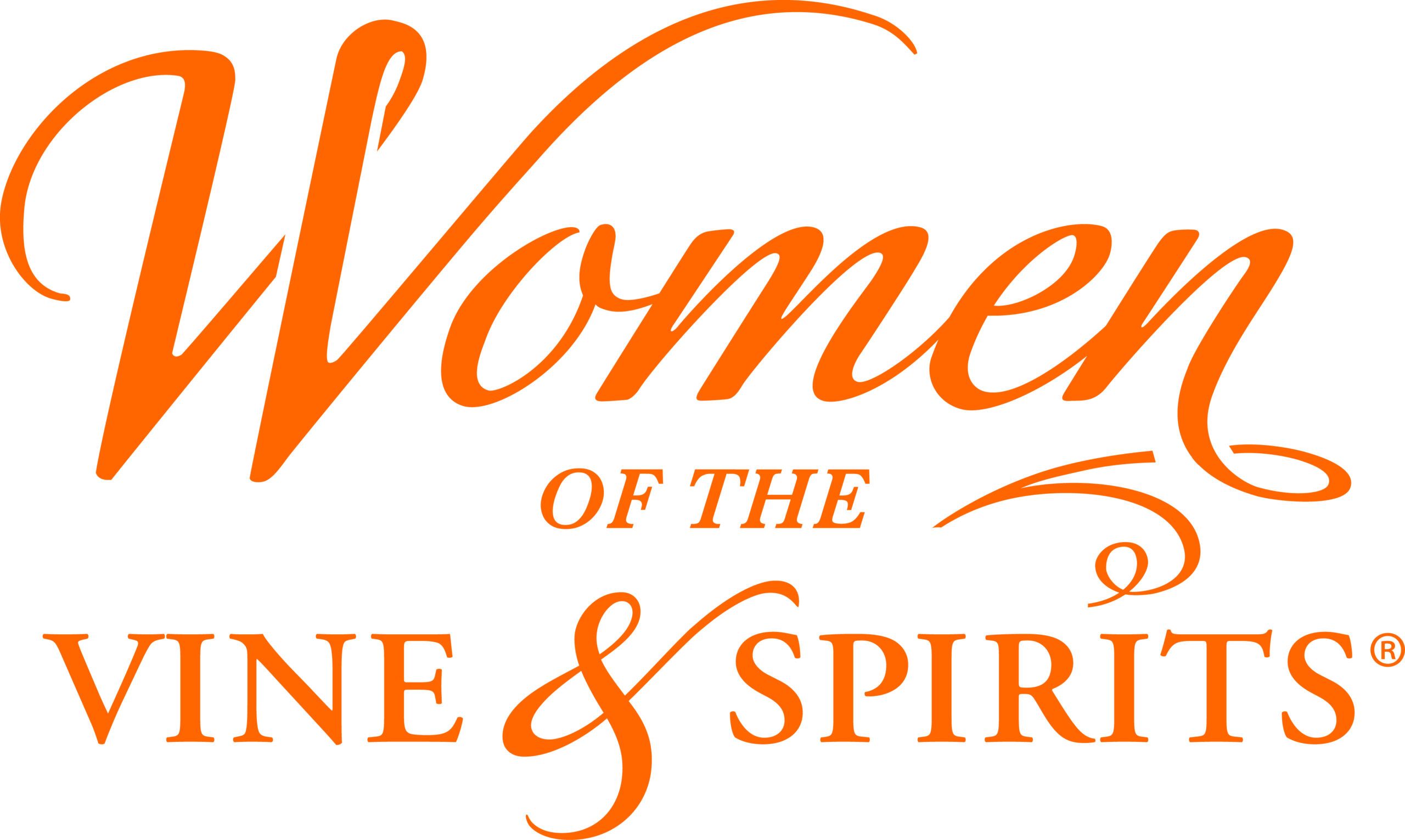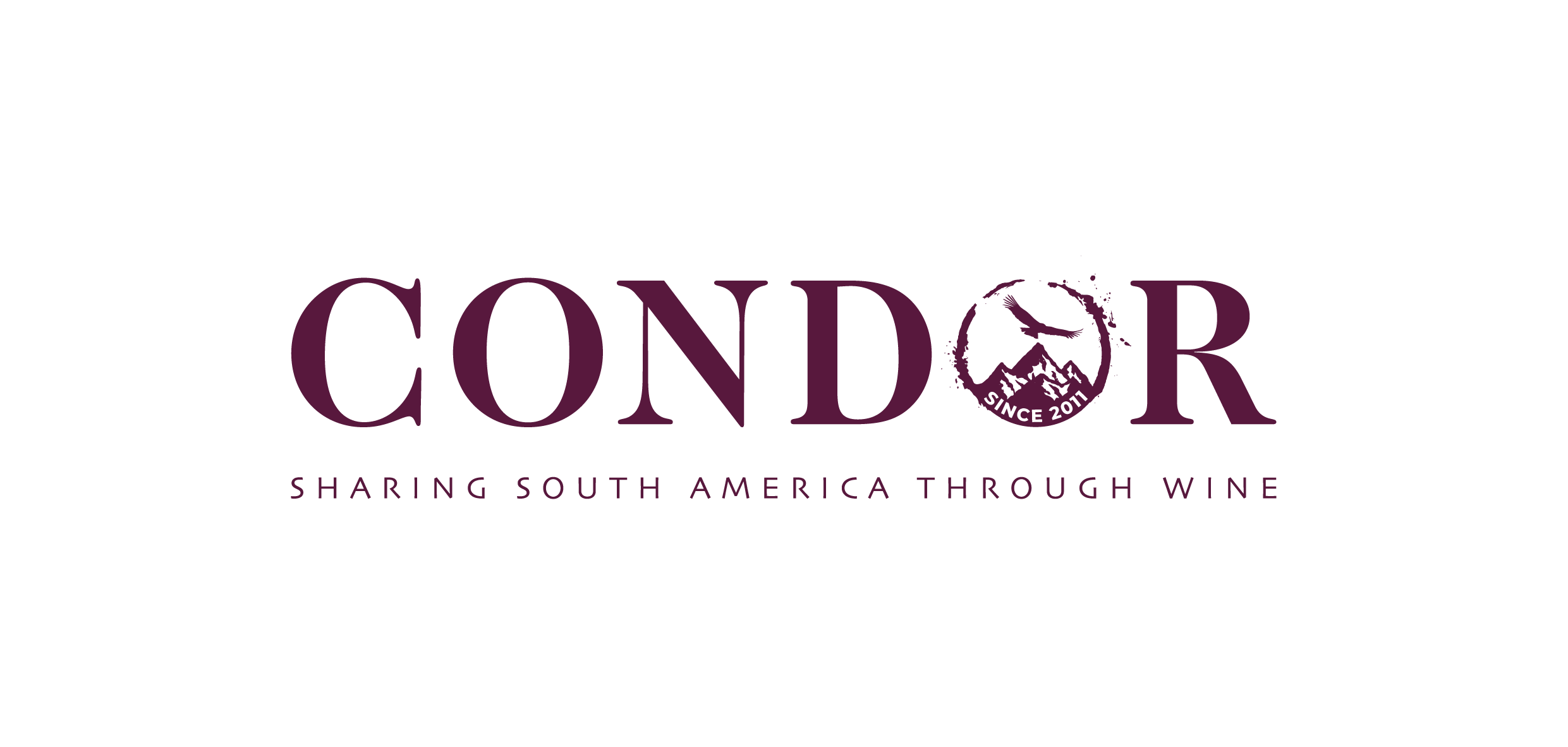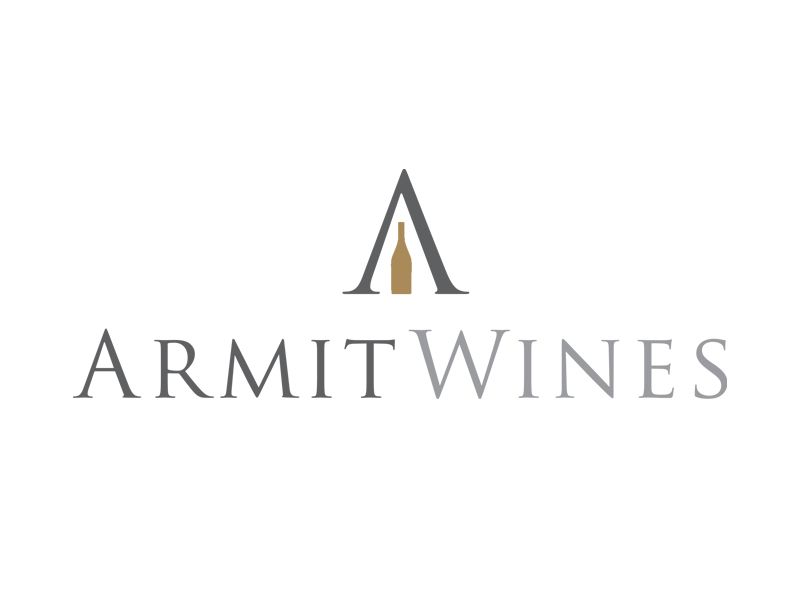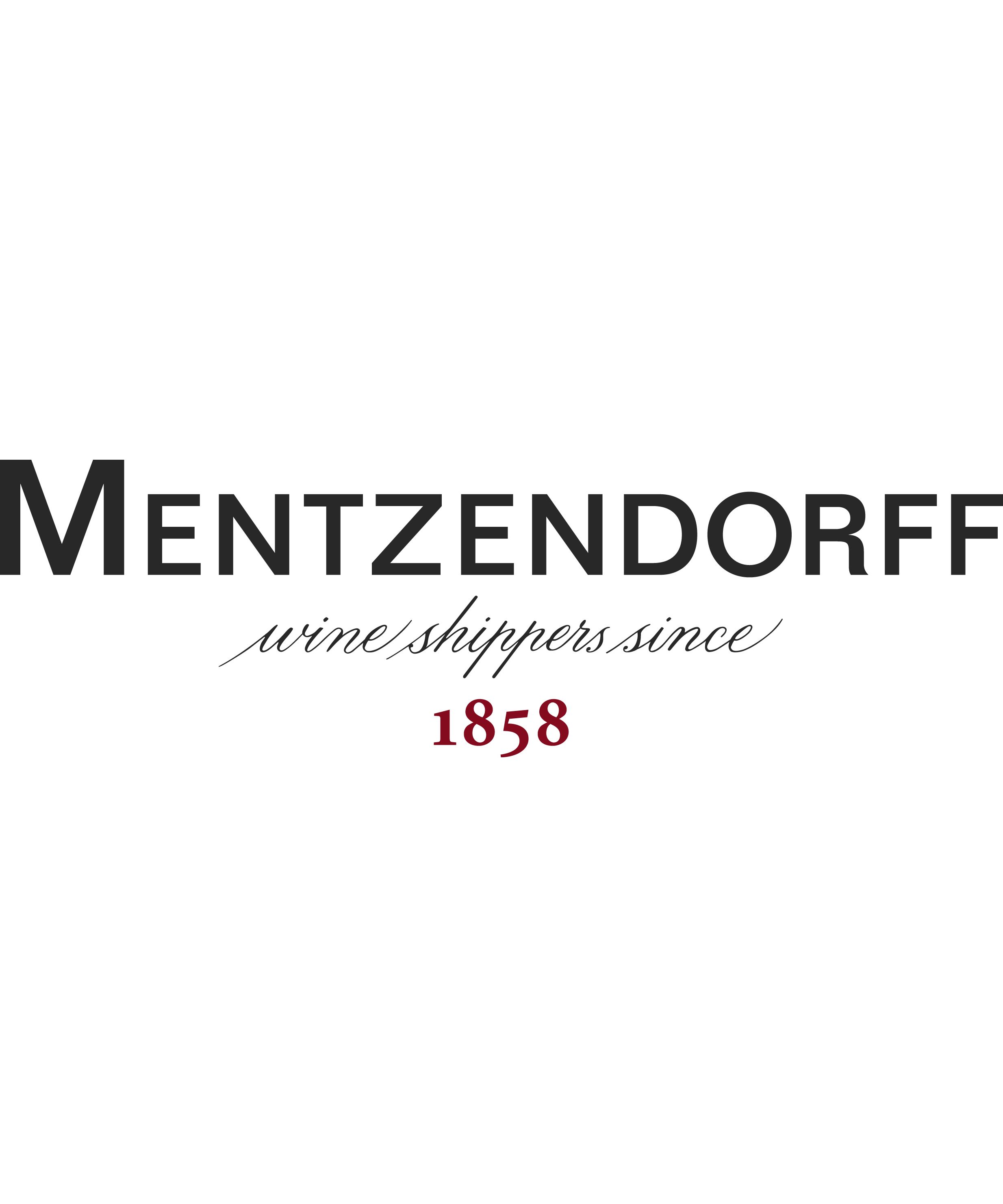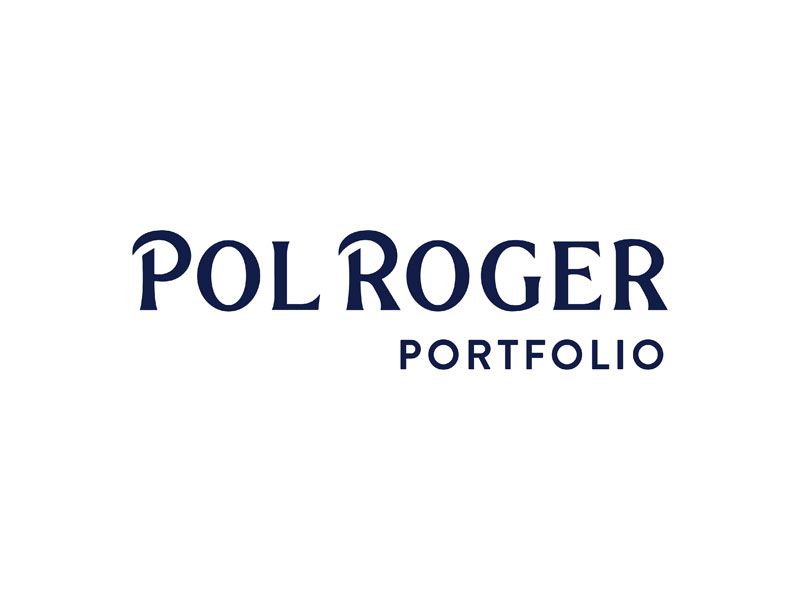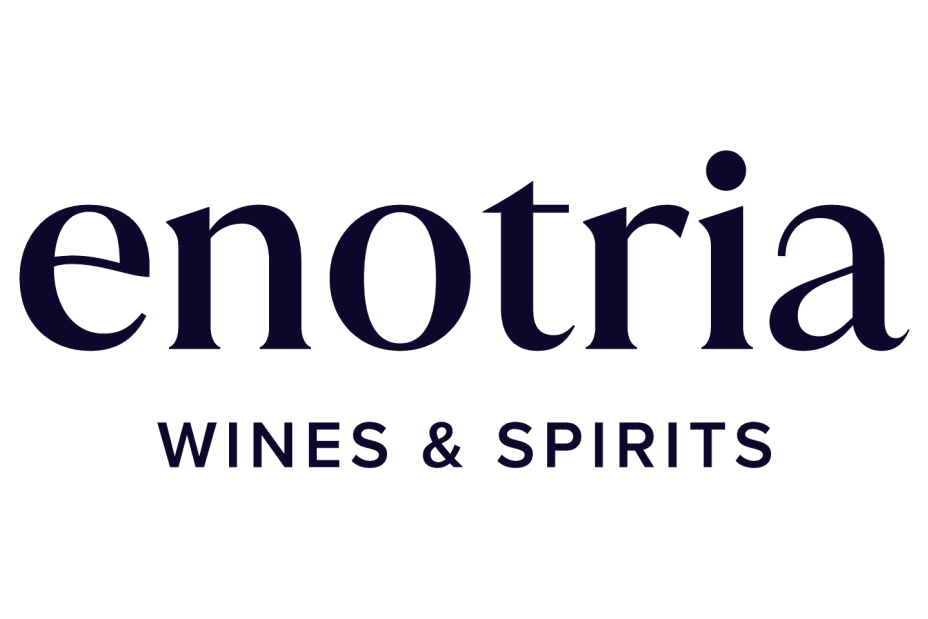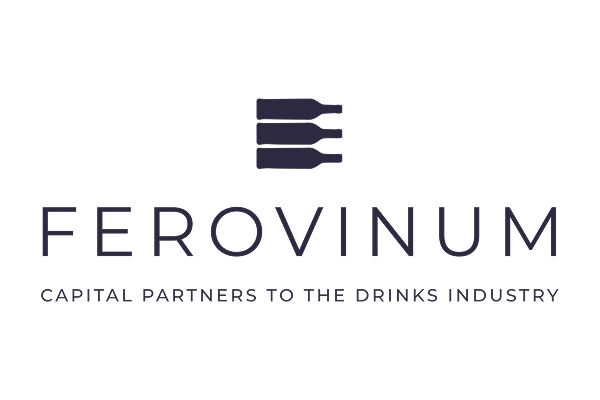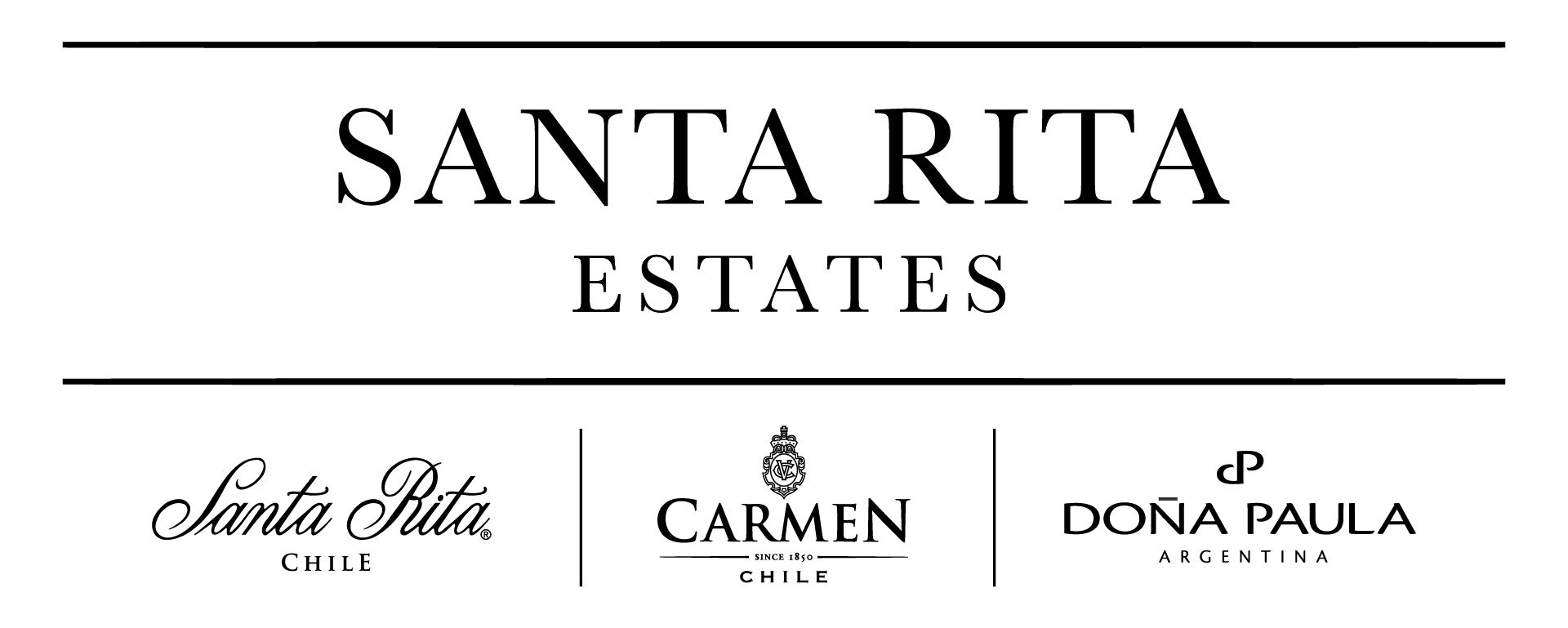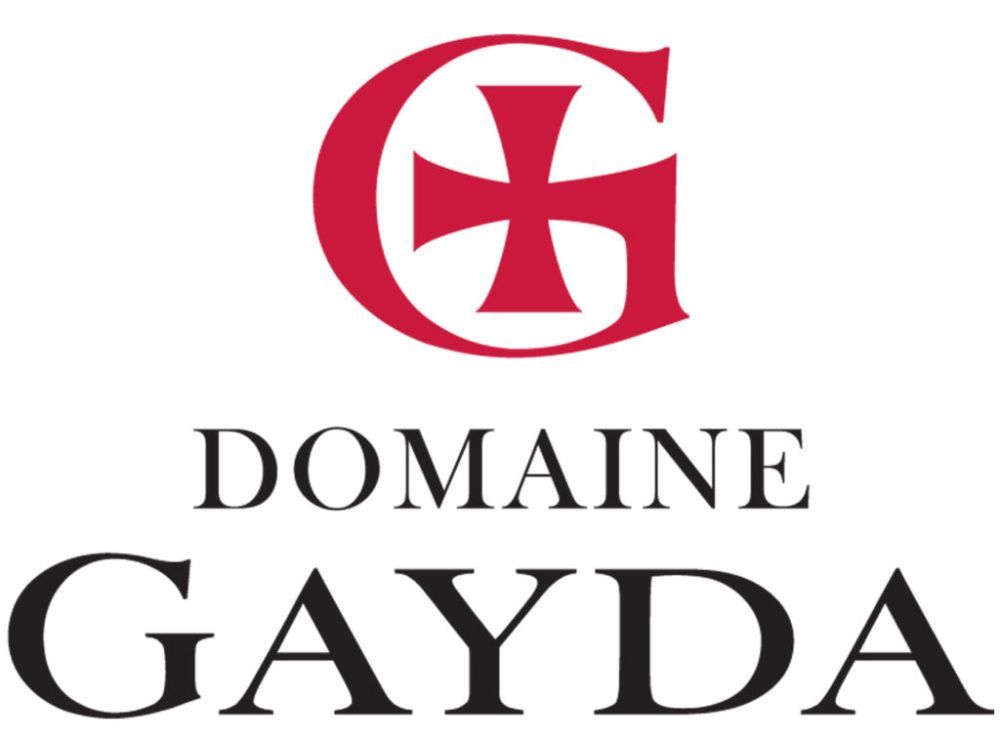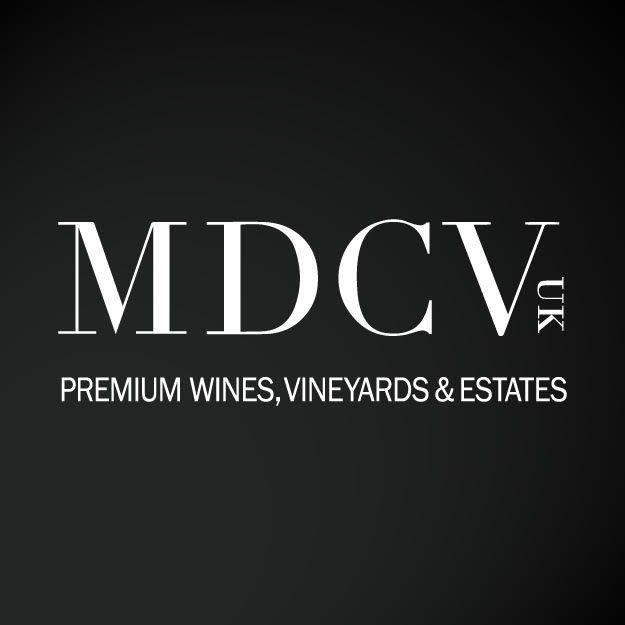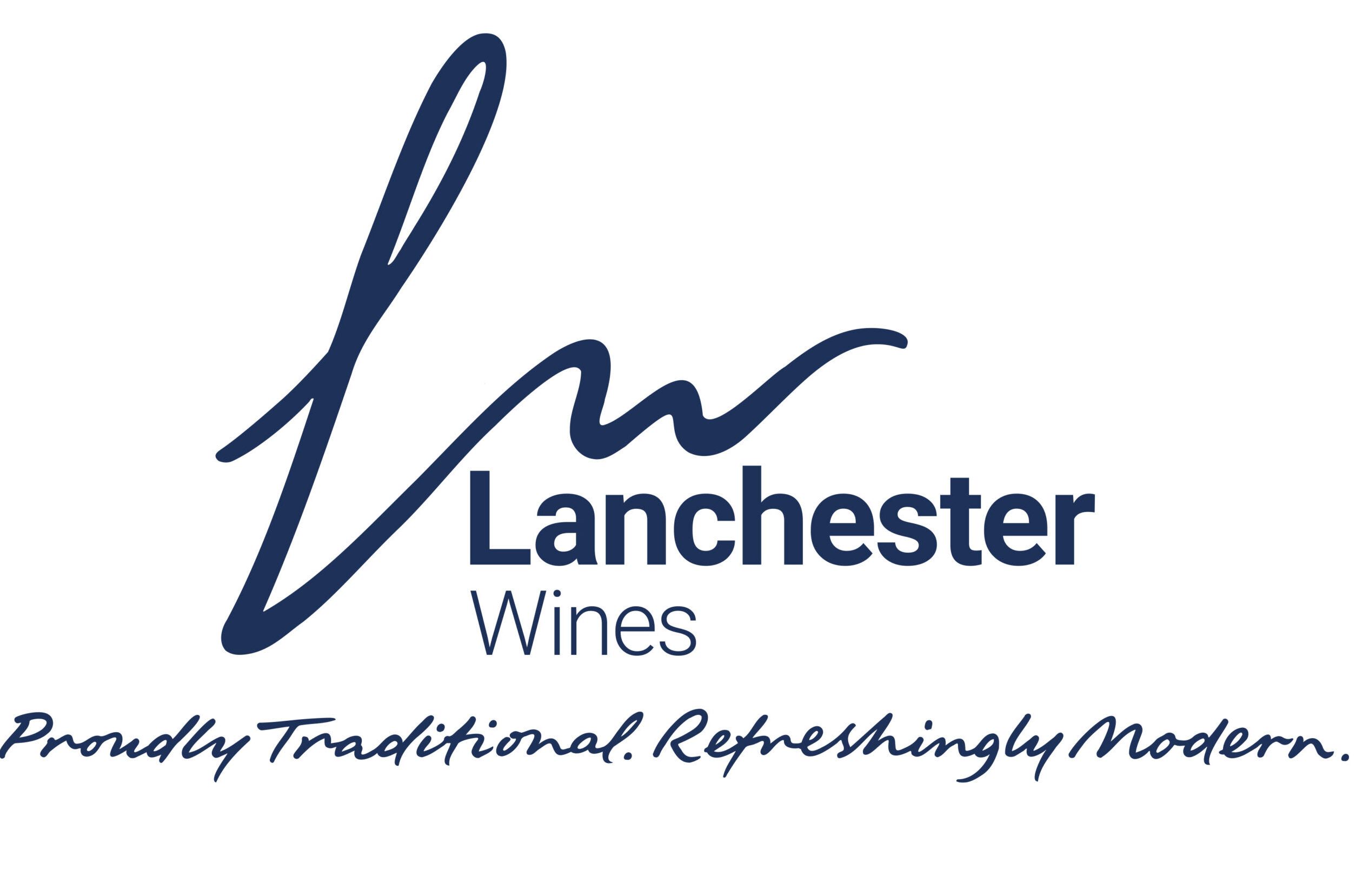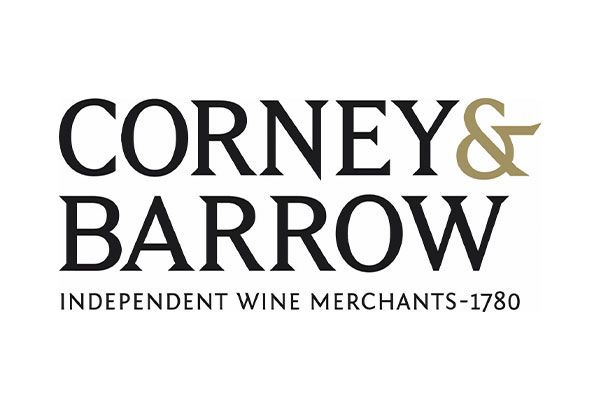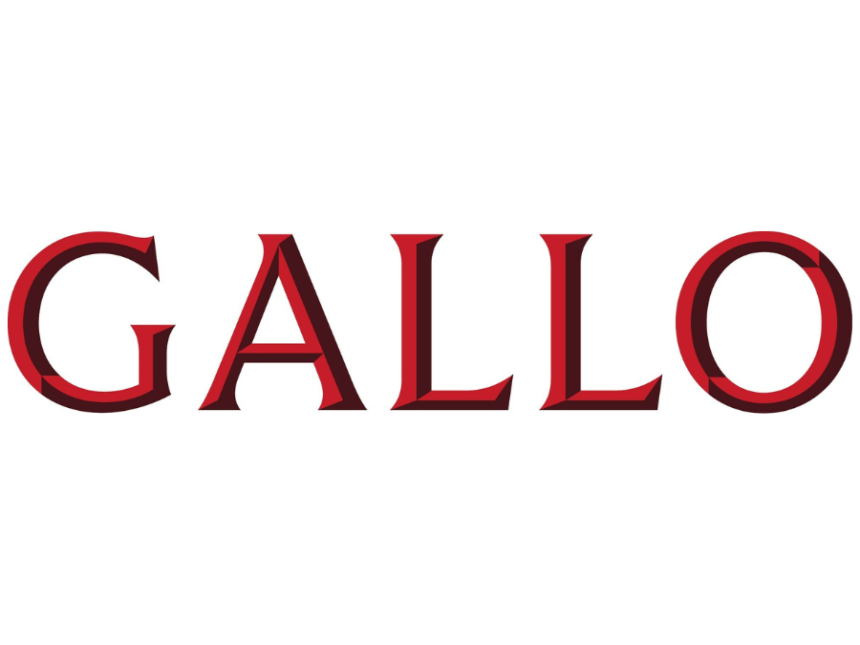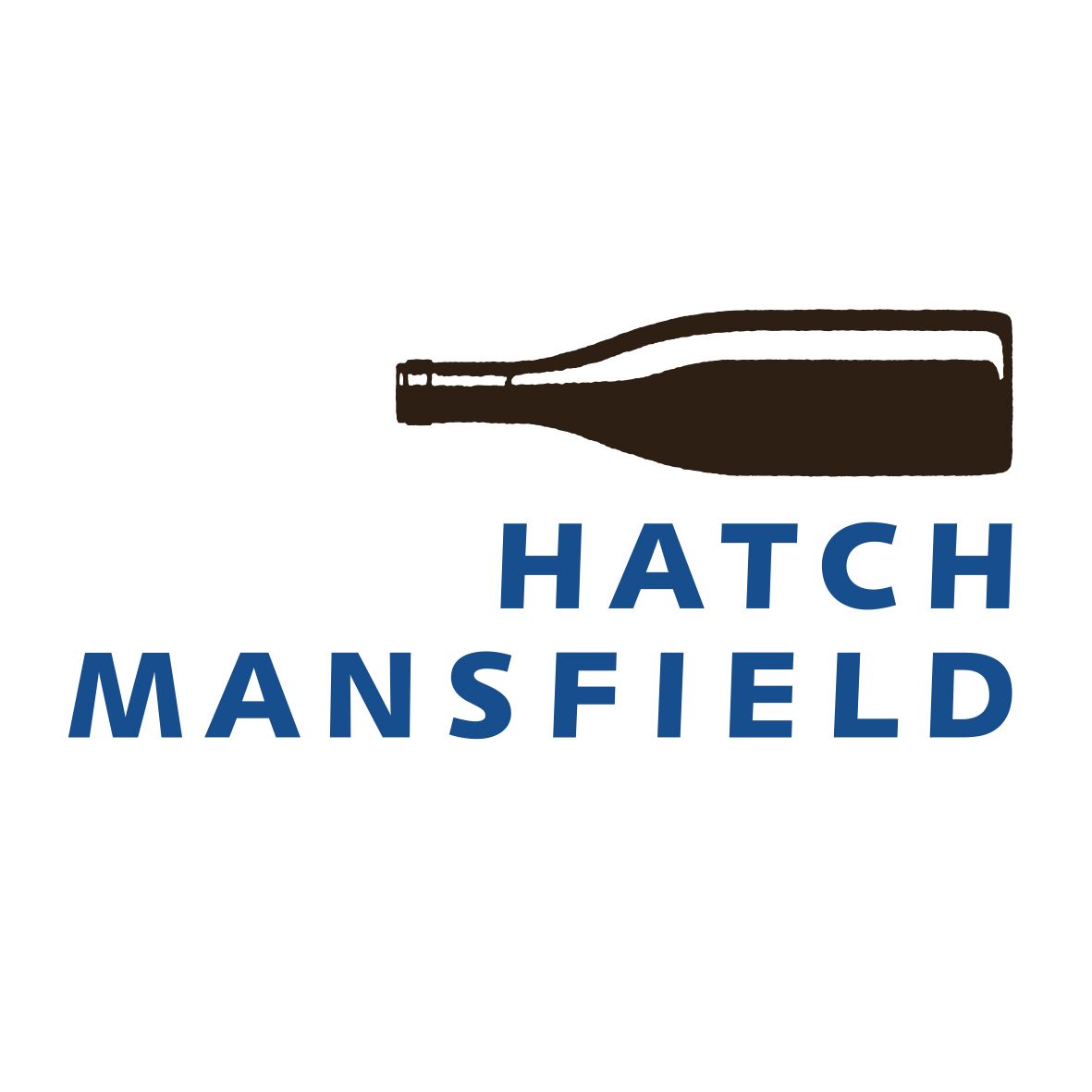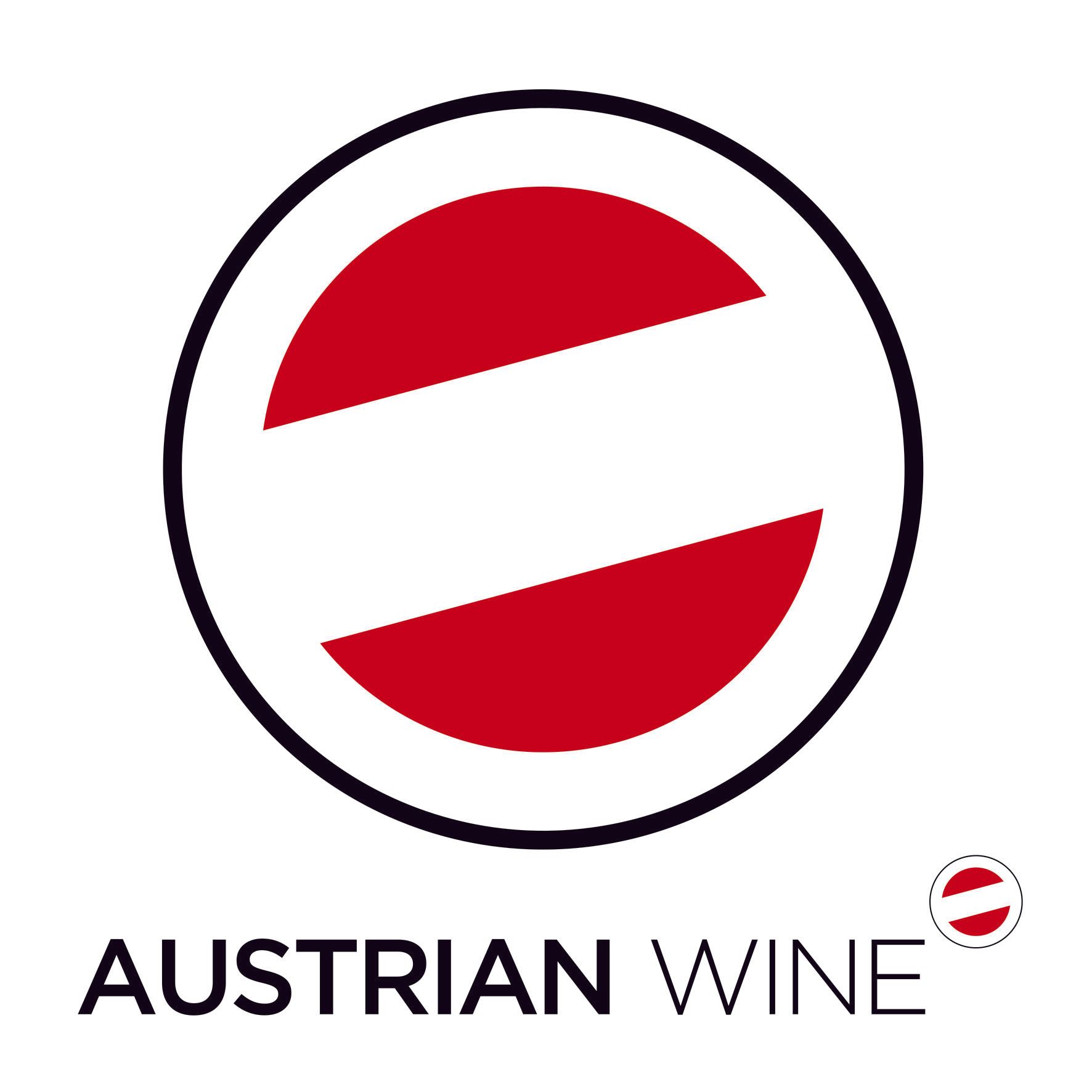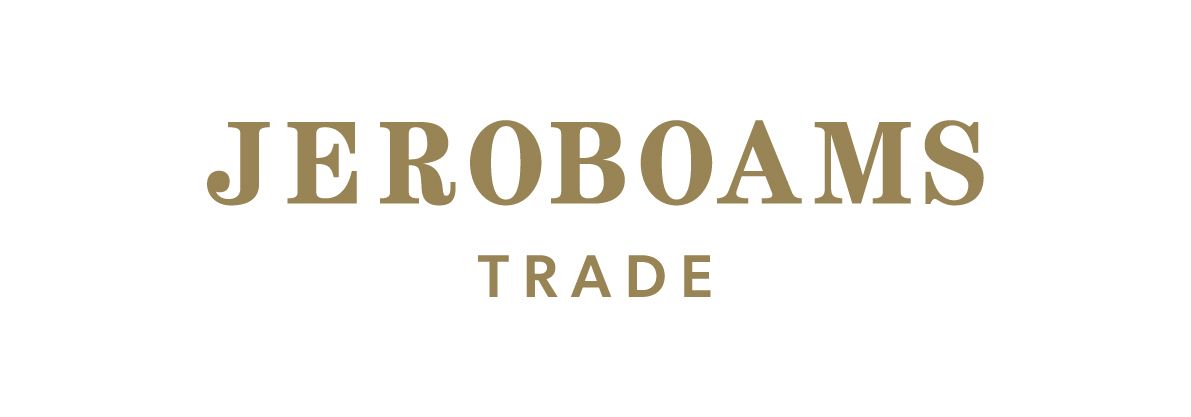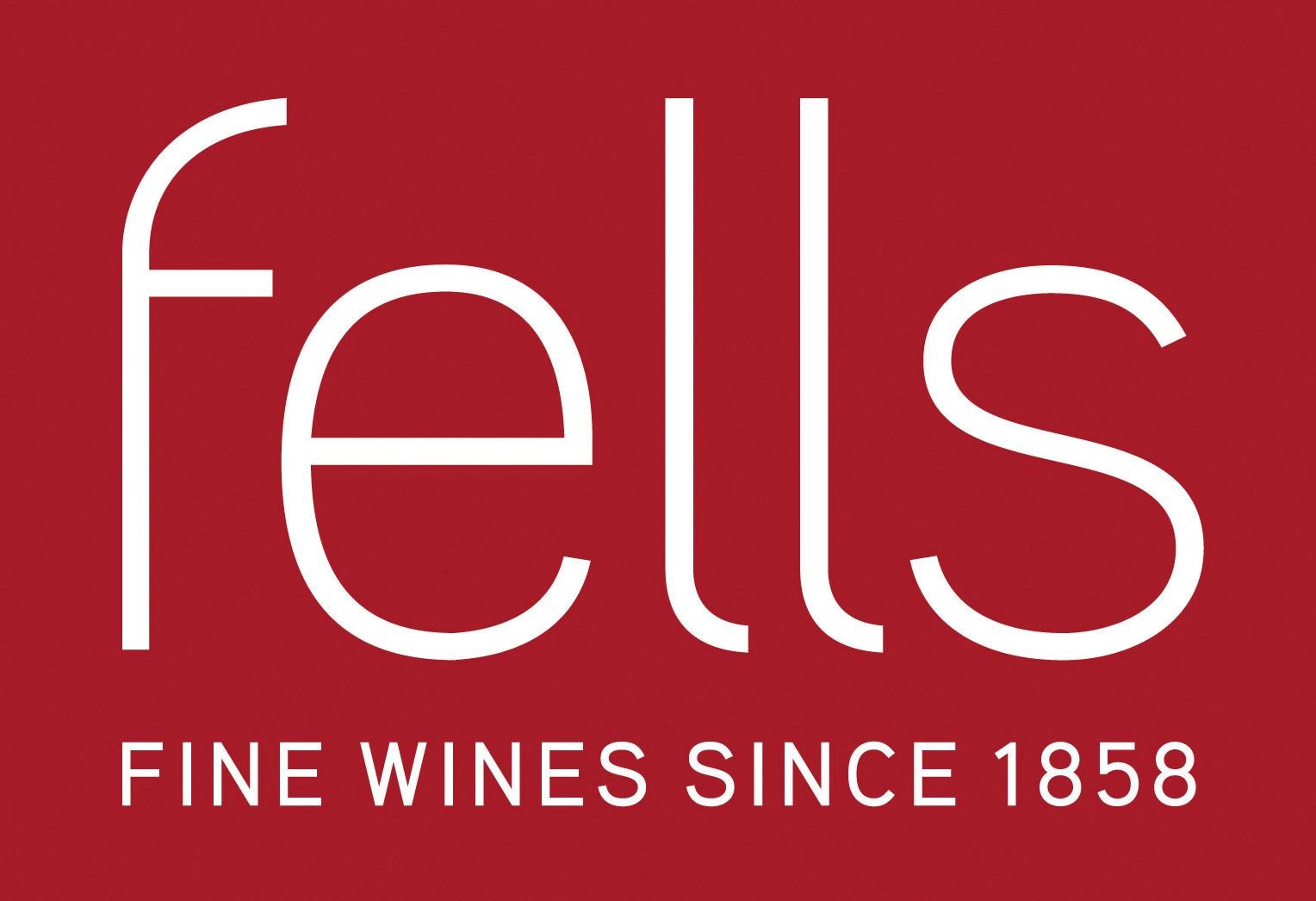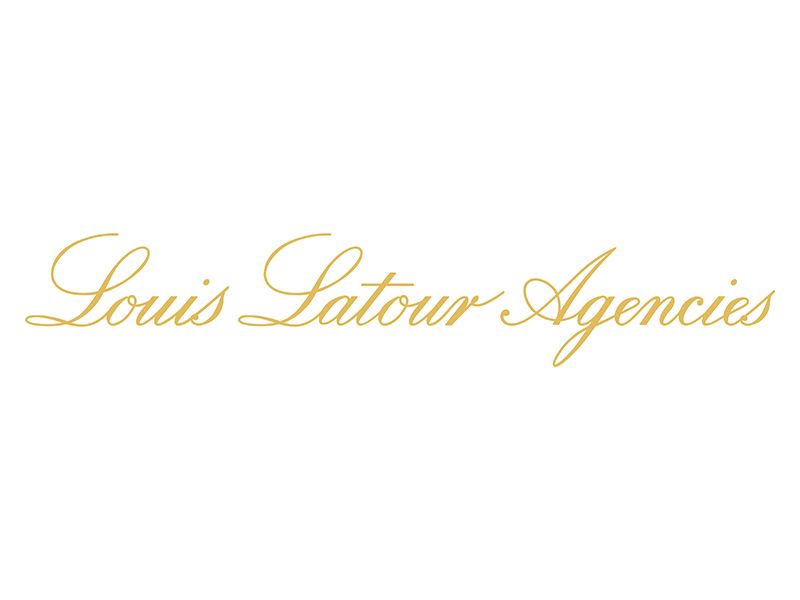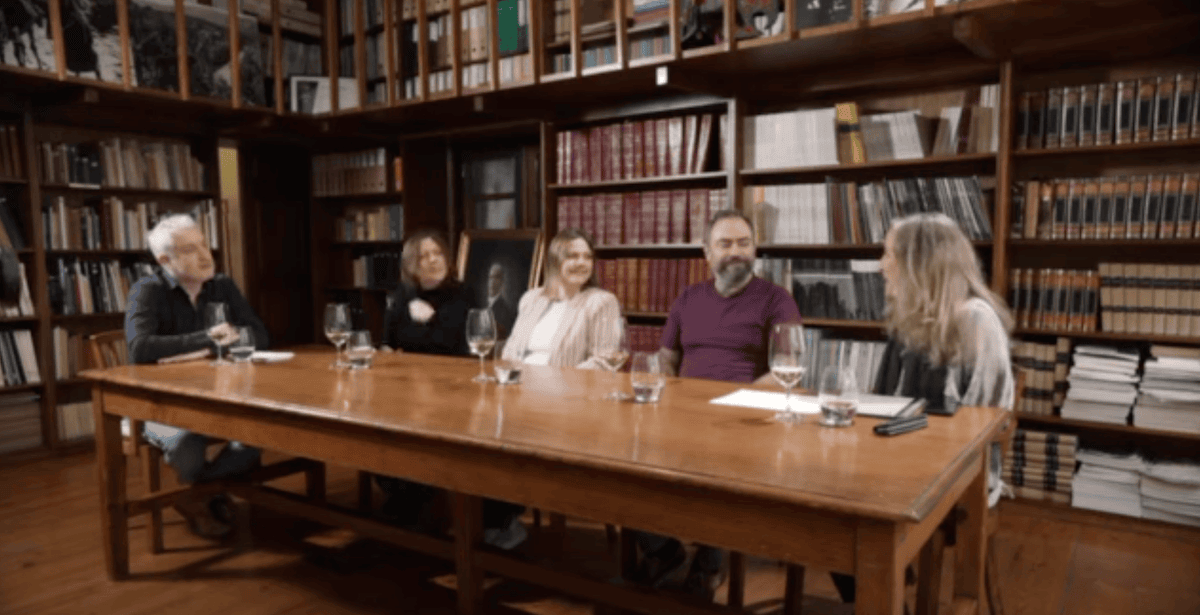Enotria & Coe’s heavyweight Essenza Italiana tasting took place in the grounds of the Globe Theatre on London’s South Bank. A reconstruction of the original theatre of The Lord Chamberlain’s Men, it was completed in 1997, almost four hundred years after the original was built. It is a fusion of the modern and the period, determined both to be historically faithful to the costume, language and idiom of Shakespeare, Jonson and Dekker, and to attract modern audiences to their work.
It seemed – deliberate or otherwise – a good choice of venue to host a series of innovative Italian producers who revitalised traditional wine-growing areas through modern winemaking methods, creating new audiences for historical styles. London’s South Bank entertainment district in the 16th century was as beyond the pale as Italian fine wine was to wine lovers in the 1970s. But times change, and we change with them.
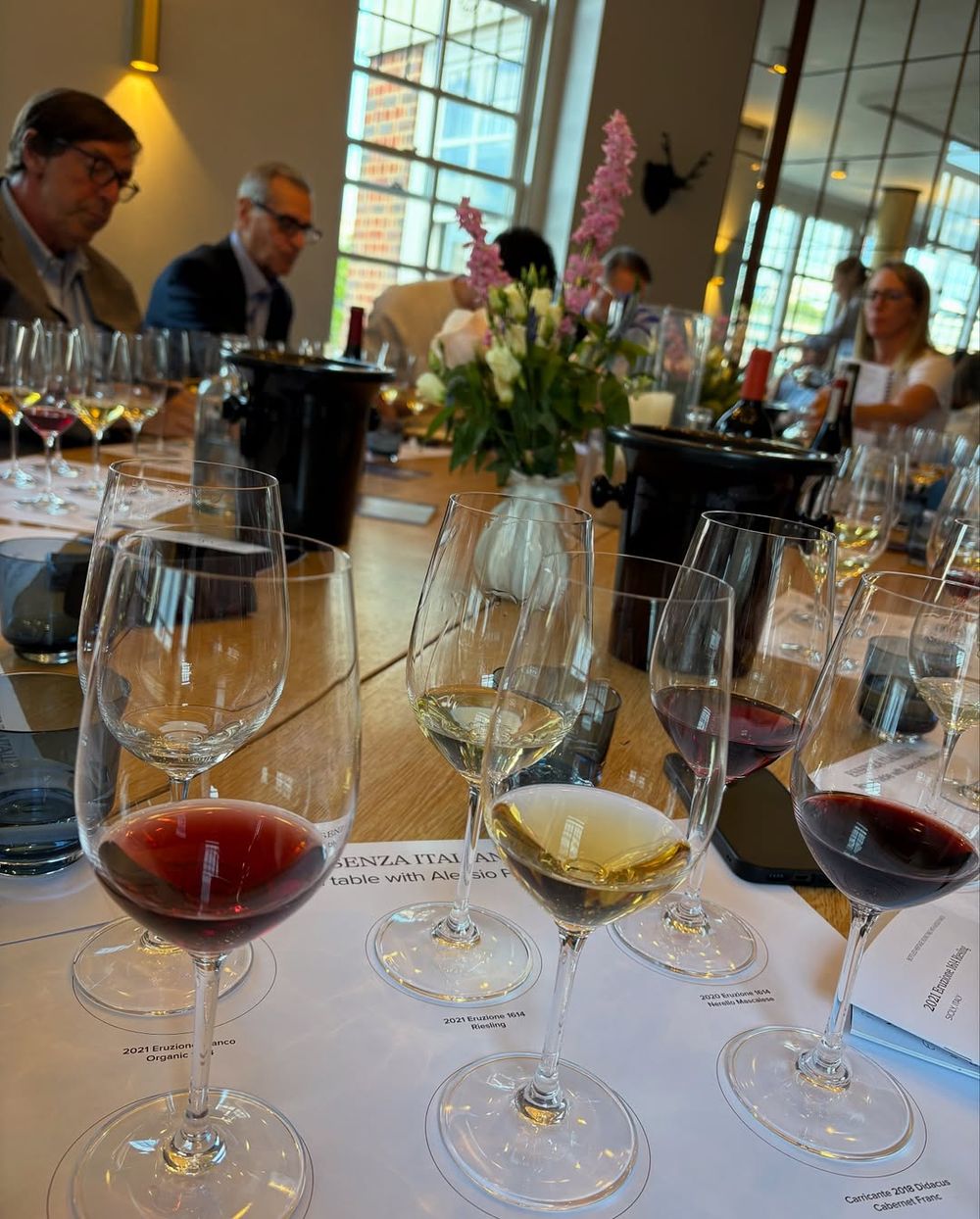
Essenza Italiana roundtable discussion and tasting, London, July 8, 2025
On the day, roundtable discussions offered the opportunity to examine the achievements of a cohort that took Italian wine beyond vino da tavola and into an era of international renown – a development importer and agent Enotria & Coe has been part of since the early days – and to correct some misconceptions about them.
The Planeta trajectory: from Menfi to Etna
The Planeta story is a big one, a foundational one, for Sicily. Alessio Planeta gives much of the credit to his uncle Diego Planeta, a pioneering figure in Sicilian viticulture.
“He was born in the 1940s and passed away in 2020. He was one of the crucial generation of people that started to make wine in the 1970s, when there was a renaissance of Italian wine… when Italians started to make wine for the market, not just for themselves.”
The era of Sassicaia and the Super Tuscans saw Italian producers focus on French varieties to tap into international markets and compete with Bordeaux and Burgundy.
“The introduction of French grapes was a special moment for Sicilian wine,” Alessio asserts. “The market was not ready then to fall in love with Frappato, Carricante or Catarrato.”
Heavily influenced by Carlo Corino, the group’s enologist who had worked in Australia (another emerging force competing with classic French wines in the 1980s), Diego Planeta initially focused on noble French varieties. His decision was vindicated with the breakthrough Menfi Chardonnay, launched in 1995.
Released alongside Merlot and Cabernet Sauvignon, it was the Chardonnay that created a stir, garnering high scores and forming the basis of an alliance in 1996 between Diego Planeta, Remo Nardone, Enotria’s founder, and long-term director of buying, Sergio De Luca.
By the late 1990s, spurred on by successes at Menfi, Planeta was gathering momentum as a brand, expanding into Vittoria in 1997, Noto in 1998, Etna in the mid-2000s and Capo Milazzo in 2011. This expansion and exposure to new zones shifted the focus away from French varieties towards Sicilian specialities well established in these areas, such as Nero d’Avola and Frappato.
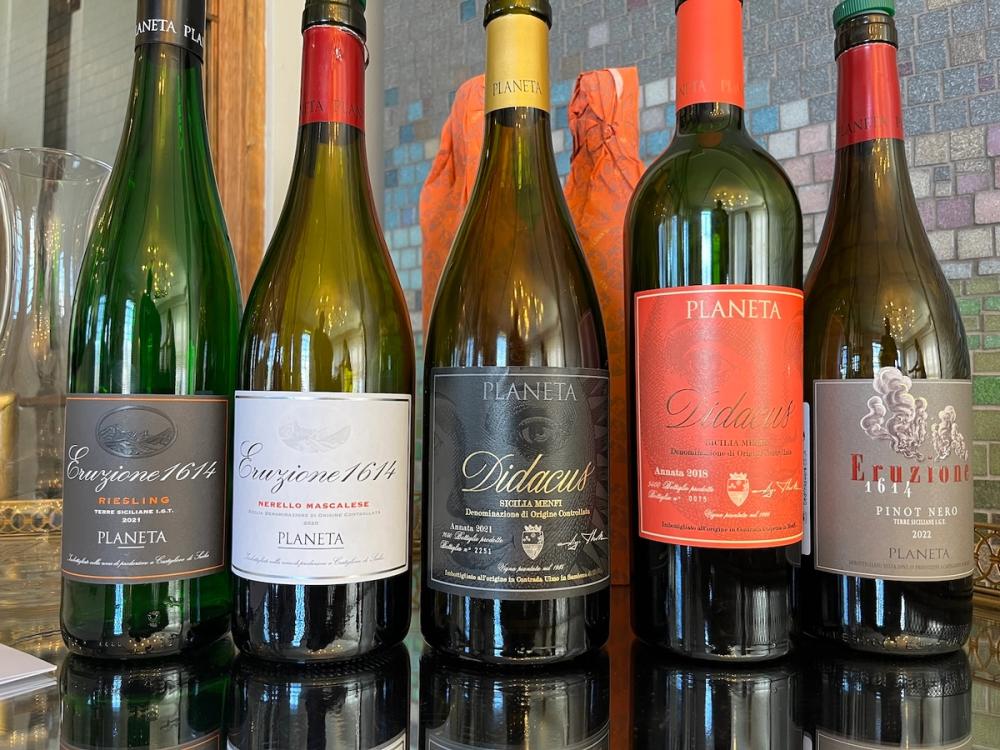
The wines shown by Planeta at the tasting
Despite such growth, Planeta avoided consolidation. Today it operates its five distinct vineyard zones – Menfi, Vittoria, Noto, Etna and Capo Milazzo – with their own wineries, staff and production. It is also not just about wine: almonds, olives and wheat are part of the agricultural mix, ensuring each estate is active year-round.
“I am working hard on not only being a viticulturalist,” Alessio says. “We try to have our farm alive all year long, not just for the season of viticulture.”
It is this pragmatic, market-responsive mindset that characterises Planeta: anticipating and encouraging market demand for native varieties that barely existed commercially just a few decades ago, even when buyers were only interested in allocations of the high-scoring Chardonnay; experimenting with regenerative farming and biodiversity; and pushing ahead with biodynamic experiments in recent years.
Alessio and Francesca, his sister, are a new generation at the helm, determined to keep Planeta moving forward, responding to the market for Sicilian wines, but also shaping it.
Boschis and Rivetti: Langhe parallels
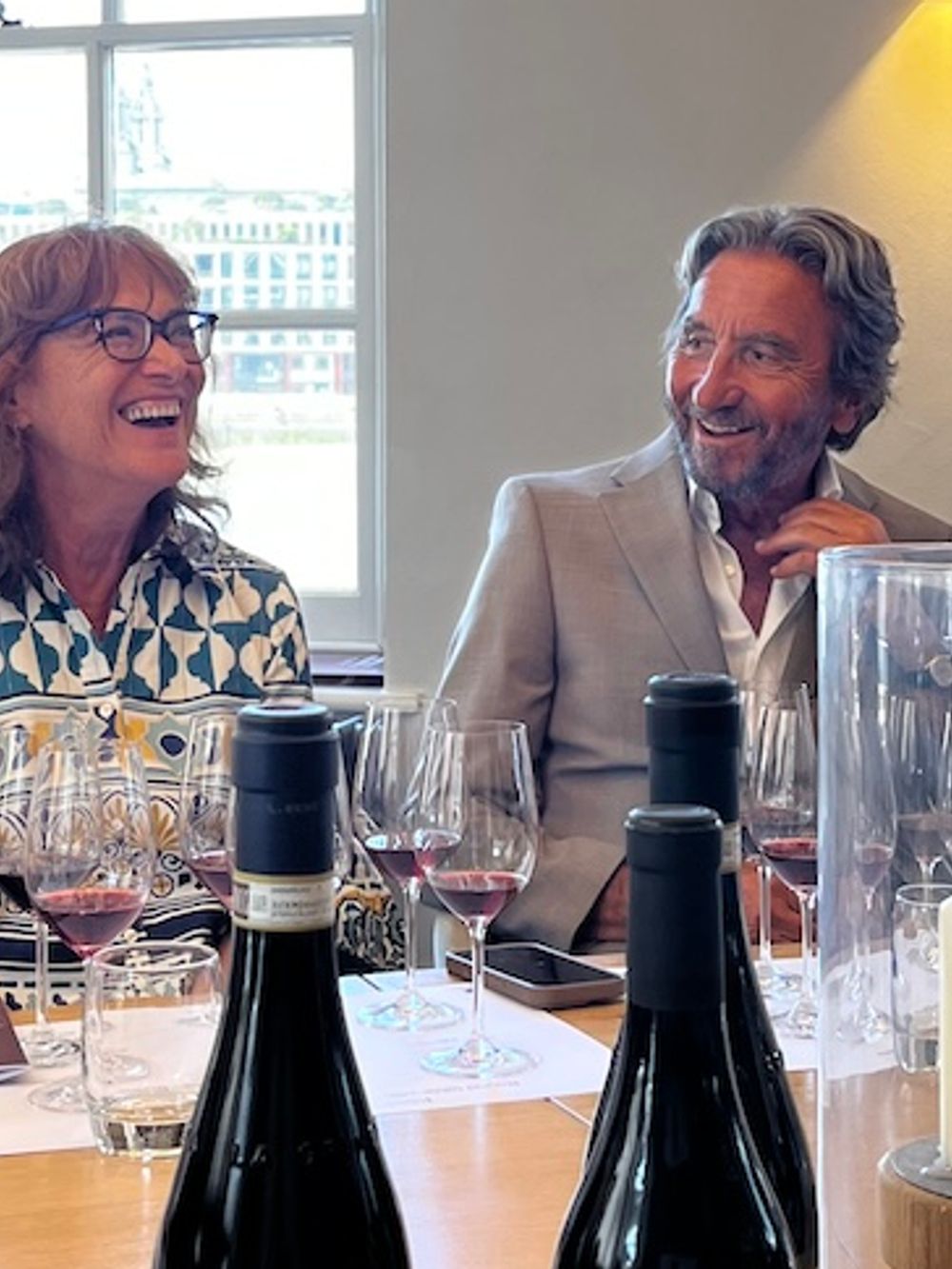
“You are sitting in a Ferrari but you are driving it like a Cinquecento!” Chiara Boschis and Giorgio Rivetti trade anecdotes
In some ways, the trajectory of Planeta mirrors that of Langhe superstars Chiara Boschis and Giorgio Rivetti of La Spinetta – dubbed the ‘Queen of Barolo’ and the ‘King of Barbaresco’ respectively by the Enotria team.
Their stories echo each other: a period of experimentation and ambition in the 1970s and 1980s came to fruition in the 1990s, although here the focus was firmly on native varieties.
Rivetti’s family had started out making Moscato d’Asti, still its main production when Giorgio joined in 1977.
“In those days, Barolo was nothing. We used to give a case away for free to restaurants that had placed a strong order of Dolcetto,” Rivetti recalls.
Chiara Boschis, meanwhile, came into possession of the E. Pira winery in the 1980s through family connections and spent ten years figuring out how to make it work. Giorgio Rivetti was one of her early visitors, offering encouragement when her family were pressuring her to abandon winemaking and take up an office job.
“You are sitting in a Ferrari but you are driving it like a Cinquecento!” he told her.
Boschis was the only woman to inherit and run a Barolo estate in a deeply conservative region of landowners, farmers and winemakers. Perhaps having one foot outside the traditional demographic of Langhe farmers was enough to open up new ways of thinking and inspire new approaches. Once again taking a cue from France, and particularly Burgundy, the focus among a new generation of young producers was on vineyard expression.
“In the past, Barolo was only interpreted as an assemblage. Our message was revolutionary because people didn’t expect identification and purity of a single cru,” Boschis says.
Boschis joined the orbit of the dynamic and influential Barolo Boys, which included Rivetti, as well as Altare, Voerzio, Clerico, Parusso and Sandrone. Despite the focus on barriques, Rivetti was keen to stress the viticultural and farming aspect of the modernising revolution in the Langhe. He was one of the first to eliminate herbicides and carry out a green harvest in 1994.
The green harvest was controversial, but Boschis can put it in context today.
“The generation before us lived through the war and knew poverty. To see us dropping fruit on the ground was almost offensive, it looked like waste. People were angry, but I understand why,” she says. Yet she pressed ahead.
The focus was quality, Rivetti maintains.
“Before, most Barolo was not good. We started working differently especially in the vineyard. That’s where the real change happened. Ninety per cent is from the vineyard and ten per cent from the cellar.”
Low yields and picking at the right time remain critical for Rivetti: “With Nebbiolo, yesterday is too soon, and tomorrow is too late.”
In 1995, the same year that Planeta’s Menfi Chardonnay was storming export markets, Rivetti bought land in Gallina in Barbaresco, doubling down on Nebbiolo and single site wines. Purchases in Starderi and Valeriano followed in 1996 and 1997.
Supporting Rivetti’s argument that the impulses of the modernists were as much about vineyards as winemaking, Boschis drove forward an initiative to make viticulture in Cannubi organic.
“When I had the idea to propose making the entire hill organic, I started knocking on doors. Now, 90 per cent of Cannubi is organic.”

“In those days, Barolo was nothing. We used to give a case away for free to restaurants that had placed a strong order of Dolcetto." Giorgio Rivetti.
The revolution that began with Rivetti and Boschis has softened in recent decades. Since 2009, following the sale of the Borgogno winery where her brother worked, Boschis has joined forces with him to buy additional land. Ironically, Boschis now produces a botti-matured Barolo from blended fruit, precisely the sort of wine the Barolo Boys once rejected.
“It’s true that I’ve been fighting all my life,” Boschis says frankly. “But there is a moment when the circle closes… today, both interpretations of Barolo are welcome,” she reflects.
Rivetti is less conciliatory. There are still no Slavonian botti in his cellar. Even if the percentage of new oak has come down compared to the past, everything is still matured in barrique. He also had some stern words for a new generation.
“The new way is higher yields and lighter wines. That’s a mistake. You take twenty wines and they all taste the same. There is a difference between approachable and light. Barolo and Barbaresco should not taste like rosé.”
It is hard to avoid the irony of a Barolo Boy defending the old ways against those with other ideas. But even if it is tempting to divide the world into modernists and traditionalists, international grapes and native ones, the breakthrough for Italian fine wine in the 1990s was achieved in many ways: with Chardonnay and Nebbiolo, with green harvests and a lot of work on the ground. “Our generation had to push a lot,” Boschis remembers.
Looking back, beyond the barriques and the controversy, everyone who enjoys top-quality Italian wine today has to be thankful that it did.
Enotria & Coe is a commercial partner of The Buyer. To discover more about them please click here.

